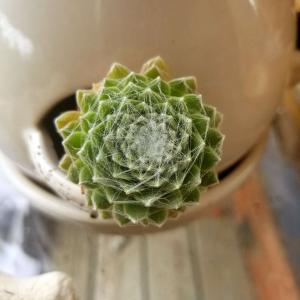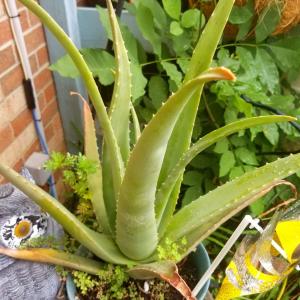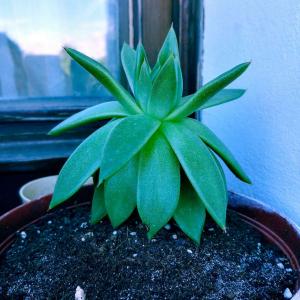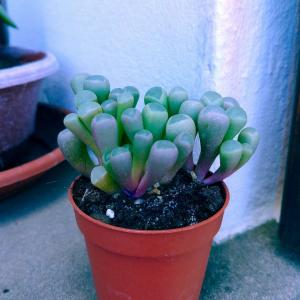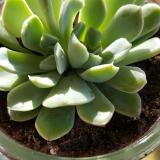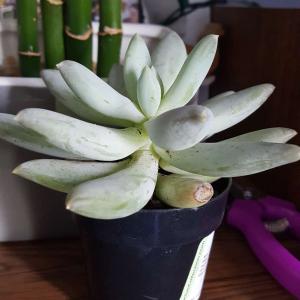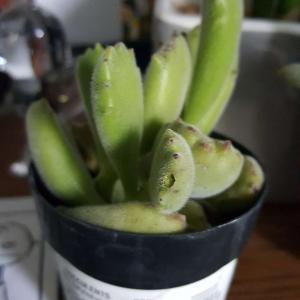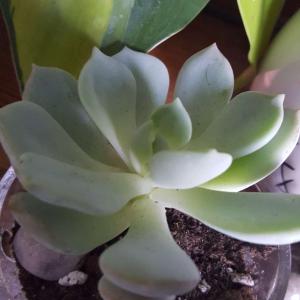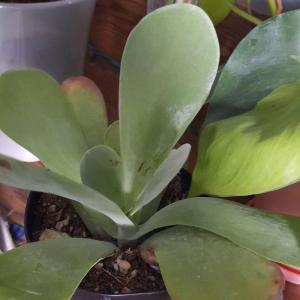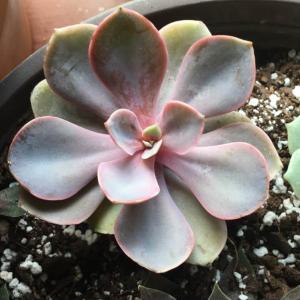文章
Miss Chen
2017年08月14日

Gardeners flock to their vegetable and flower gardens in spring, replanting vegetables and tending perennial bulbs and bushes. Springtime also sees new plantings with new bulbs and perennials going into the ground and short-term annuals filling in the gaps. Annual petunias and marigolds both grow successfully separately and together throughout the country.

Petunias
The University of Minnesota ranks petunias among the most popular summertime annuals for their bright colors, lively fragrance and adaptability. Petunias grow in grandiflora, multiflora, miliflora and groundcover varieties with compact to vining growth, single-to double-petal flowers and many colors.
Marigolds
The Clemson Cooperative Extension notes that marigolds are very successful in home gardens with good hardiness and disease resistance. Marigolds grow in dwarf and large sizes ranging from 6 inches to 3 feet in height, depending on cultivar. Marigolds always bloom in oranges, yellows and reds.

Growing Season
Petunias and marigolds are annuals growing and blooming from spring to fall with the right care. As annuals, both plants fade and die in frost, requiring replanting in spring. Gardeners in U.S. Department of Agriculture Plant Hardiness Zones 10 and 11 can maintain both varieties through winter in the absence of frost.
Site Requirements
Marigolds and petunias both do best in full sun and rich, dark soil. Both plants need quick drainage and grow well in the same beds. Amending the soil with organic compost and 5-10-5 fertilizer before planting gives the plants nutrition. Plant them according to cultivar-specific spacing and depth needs.

Petunias
The University of Minnesota ranks petunias among the most popular summertime annuals for their bright colors, lively fragrance and adaptability. Petunias grow in grandiflora, multiflora, miliflora and groundcover varieties with compact to vining growth, single-to double-petal flowers and many colors.
Marigolds
The Clemson Cooperative Extension notes that marigolds are very successful in home gardens with good hardiness and disease resistance. Marigolds grow in dwarf and large sizes ranging from 6 inches to 3 feet in height, depending on cultivar. Marigolds always bloom in oranges, yellows and reds.

Growing Season
Petunias and marigolds are annuals growing and blooming from spring to fall with the right care. As annuals, both plants fade and die in frost, requiring replanting in spring. Gardeners in U.S. Department of Agriculture Plant Hardiness Zones 10 and 11 can maintain both varieties through winter in the absence of frost.
Site Requirements
Marigolds and petunias both do best in full sun and rich, dark soil. Both plants need quick drainage and grow well in the same beds. Amending the soil with organic compost and 5-10-5 fertilizer before planting gives the plants nutrition. Plant them according to cultivar-specific spacing and depth needs.
0
0
文章
Miss Chen
2017年08月14日

Sunflowers (Helianthus annuus cvs.) don't just come in yellow anymore. The introduction of new cultivars offers gardeners a variety of options for color, flower shape and mature plant size, including several with purple petals. All cultivars, however, have similar growing requirements.

Sunflower Types
About 50 species of sunflowers exist in the Helianthus genus. Thirty-eight of these are perennial, but annual sunflowers are the ones most often grown in the home garden.
Sunflower colors range in hue from the traditional golds and yellows, to white, rose, red, purplish burgundy and chocolate brown. Annual sunflower varieties with dark burgundy-purple petals include "Chianti" and "Claret." The variety "Ruby Moon" offers two-tone burgundy petals with creamy white tips.
Best Locations
As their name suggests, sunflowers require full sun. Ideally, plant sunflowers in locations with six to eight hours of direct sunlight every day. Sunflowers thrive in fertile, well-drained soil. Amend soils that drain poorly or lack sufficient nutrients by spreading a 2- to 3-inch layer of plant-based organic matter or a 1-inch layer of well-composted manure over the surface. Work this in to a depth of 6 to 8 inches.
Planting Sunflowers
Most sunflowers grown in a home garden are started from seed. To direct-sow outside, plant seeds 1 to 2 inches deep and 6 inches apart in the spring after the threat of frost in your area has passed and soil temperatures reach 55 to 60 degrees Fahrenheit. Cover the planting with netting until seeds germinate if birds begin scavenging them.
You can also start sunflower seeds indoors. They don't recover well when transplanted, so start seeds in biodegradable containers you can just pop in the ground.

Ongoing Care
Feed sunflower plants sparingly. Excess fertilizer results in weak, leafy growth and few flowers. A slow-release fertilizer with a balanced N-P-K ratio, such as 14-14-14, applied once in midsummer works well. Scatter the fertilizer over the bed at a rate of 1/4 pound per 10 square feet, or as indicated on the packaging, and gently work it into the top 1 to 3 inches of soil.
Once established, sunflowers are very tolerant of drought. If you plan to harvest the edible seeds, though, watering the plants at the first sign of wilting encourages good seed development. In the absence of rain, water at least once a week to soak the soil and encourage deep root systems that keep plants from blowing over in the wind.

Sunflower Types
About 50 species of sunflowers exist in the Helianthus genus. Thirty-eight of these are perennial, but annual sunflowers are the ones most often grown in the home garden.
Sunflower colors range in hue from the traditional golds and yellows, to white, rose, red, purplish burgundy and chocolate brown. Annual sunflower varieties with dark burgundy-purple petals include "Chianti" and "Claret." The variety "Ruby Moon" offers two-tone burgundy petals with creamy white tips.
Best Locations
As their name suggests, sunflowers require full sun. Ideally, plant sunflowers in locations with six to eight hours of direct sunlight every day. Sunflowers thrive in fertile, well-drained soil. Amend soils that drain poorly or lack sufficient nutrients by spreading a 2- to 3-inch layer of plant-based organic matter or a 1-inch layer of well-composted manure over the surface. Work this in to a depth of 6 to 8 inches.
Planting Sunflowers
Most sunflowers grown in a home garden are started from seed. To direct-sow outside, plant seeds 1 to 2 inches deep and 6 inches apart in the spring after the threat of frost in your area has passed and soil temperatures reach 55 to 60 degrees Fahrenheit. Cover the planting with netting until seeds germinate if birds begin scavenging them.
You can also start sunflower seeds indoors. They don't recover well when transplanted, so start seeds in biodegradable containers you can just pop in the ground.

Ongoing Care
Feed sunflower plants sparingly. Excess fertilizer results in weak, leafy growth and few flowers. A slow-release fertilizer with a balanced N-P-K ratio, such as 14-14-14, applied once in midsummer works well. Scatter the fertilizer over the bed at a rate of 1/4 pound per 10 square feet, or as indicated on the packaging, and gently work it into the top 1 to 3 inches of soil.
Once established, sunflowers are very tolerant of drought. If you plan to harvest the edible seeds, though, watering the plants at the first sign of wilting encourages good seed development. In the absence of rain, water at least once a week to soak the soil and encourage deep root systems that keep plants from blowing over in the wind.
0
0





